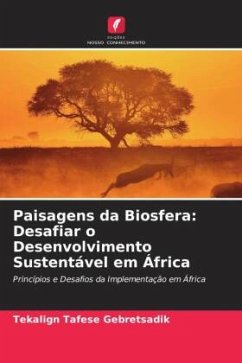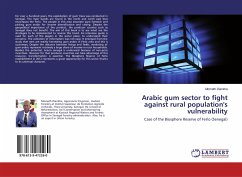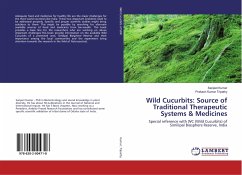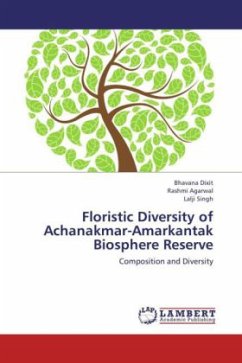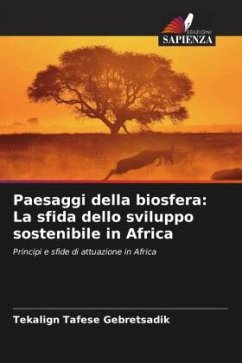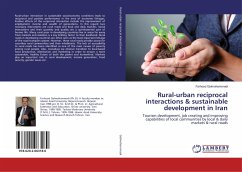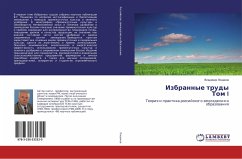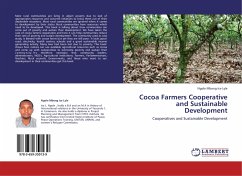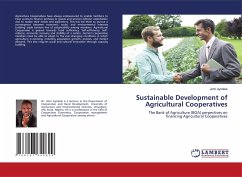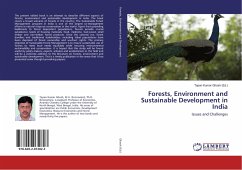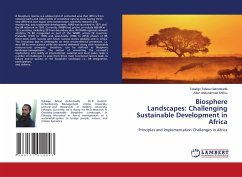
Biosphere Landscapes: Challenging Sustainable Development in Africa
Principles and Implementation Challenges in Africa
Versandkostenfrei!
Versandfertig in 6-10 Tagen
27,99 €
inkl. MwSt.

PAYBACK Punkte
14 °P sammeln!
A biosphere reserve is a unique kind of protected area that differs fromnational parks and other kinds of protected natural areas having threevery different, but equal, aims conservation, scientific research andmonitoring; and sustainable development. MAB was launched in 1971 andthe BR network in 1976. Currently, WNBR had grown to include 686 BR in122 countries, including 20 trans-boundary sites. AfriMAB regional networkcontains 79 BR recognized as part of the WNBR, across 28 countries. PreSeville (1976 to 1995) and post-Seville (1996 to 2018) phases of BR, there exists both success and fewer ...
A biosphere reserve is a unique kind of protected area that differs fromnational parks and other kinds of protected natural areas having threevery different, but equal, aims conservation, scientific research andmonitoring; and sustainable development. MAB was launched in 1971 andthe BR network in 1976. Currently, WNBR had grown to include 686 BR in122 countries, including 20 trans-boundary sites. AfriMAB regional networkcontains 79 BR recognized as part of the WNBR, across 28 countries. PreSeville (1976 to 1995) and post-Seville (1996 to 2018) phases of BR, there exists both success and fewer success stories globally and in Africa. The first phase lays its philosophy on strict environmental protection, i.e. strict BR to serve science while the second delimited along with sustainable resource uses principles, therefore, can be defined as Biosphere landscape management. The notion of converting the concept's implications into reality at international, national and local scales raises a number of challenges to arise from three main functional factors leads to failure and or success of the biosphere landscape i.e., BR designation, participation,and delivery.



